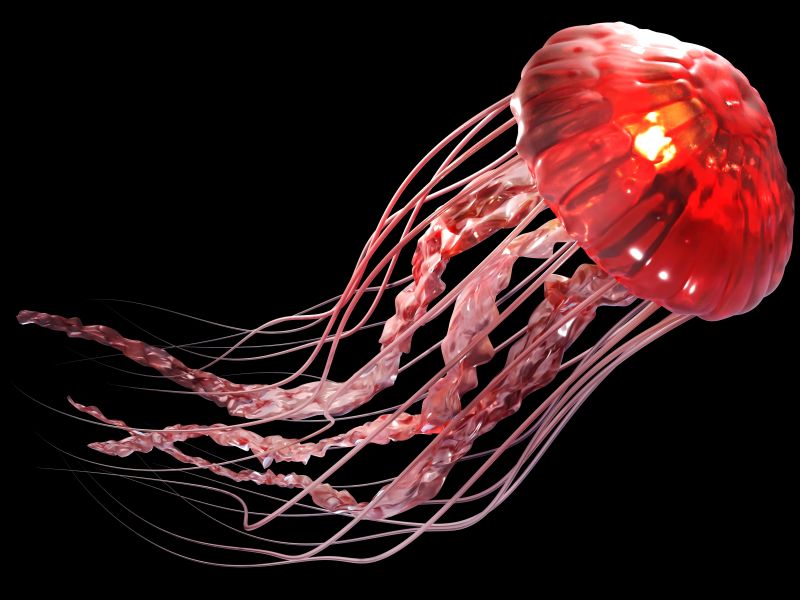What’s Source of ‘Stinging Water’? Jellyfish Release Toxic Mucus
2 min read 
WEDNESDAY, Feb. 19, 2020 (HealthDay News) — The mystery of “stinging h2o” has been solved, experts say.
Stinging h2o is the seawater in the vicinity of and about upside-down jellyfish (Cassiopea) — and swimmers can get stinging, itchy pores and skin though submerged in it, even if they have no direct speak to with the creatures by themselves.
But it wasn’t apparent in the past if the jellyfish have been to blame for this soreness, given that numerous other probable causes experienced been suggested, together with severed jellyfish tentacles, “sea lice,” anemones and other stinging maritime animals.
In this new study, scientists concluded that stinging h2o is prompted by toxin-filled mucus that the jellyfish launch into the h2o. The mucus has gyrating balls of stinging cells referred to as cassiosomes.
“This discovery was both of those a surprise and a lengthy-awaited resolution to the mystery of stinging h2o,” claimed study creator Cheryl Ames, a research affiliate at the Smithsonian’s Countrywide Museum of All-natural Background in Washington, D.C., and an affiliate professor at Tohoku University in Japan.
“We can now permit swimmers know that stinging h2o is prompted by upside-down jellyfish, in spite of their general track record as a gentle stinger,” Ames claimed in a Smithsonian news launch.
The study — by experts at the Smithsonian, the University of Kansas and the U.S. Naval Exploration Laboratory — was posted Feb. thirteen in the journal Nature Communications Biology.
Scientists suspect the toxin-filled mucus might be an significant part of the upside-down jellyfish’s feeding strategy. Photosynthetic algae that stay inside of jellyfish give most of their dietary requires, but they possible have to have to supplement their eating plan when photosynthesis slows, they claimed.
The toxic mucus appears to incapacitate close by creatures to give a quickly out there supply of foods for the jellyfish, which is frequently uncovered in quiet waters these as lagoons and mangrove forests.
Review co-creator Allen Collins is a zoologist at the U.S. Countrywide Oceanic and Atmospheric Administration (NOAA). He claimed the discovery was remarkable because Cassiopea jellyfish have been acknowledged for extra than 200 years, but cassiosomes have been continue to unfamiliar.
“They’re not the most venomous critters, but there is a human health impression,” Collins claimed in the launch. “We understood that the h2o will get stingy, but no one experienced expended the time to determine out accurately how it comes about.”
The team has by now recognized cassiosomes in four other carefully associated jellyfish species and programs to discover out if other species also have them.
— Robert Preidt

Copyright © 2020 HealthDay. All legal rights reserved.
Dilemma
Psychological trauma is greatest explained as a psychological reaction to a deeply distressing or lifetime-threatening expertise.
See Answer
References
Source: Smithsonian, news launch, Feb. thirteen, 2020








